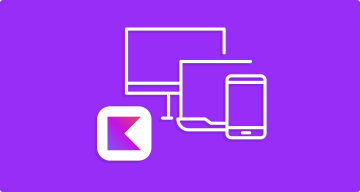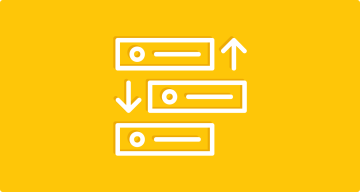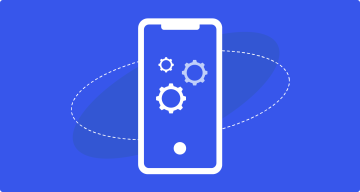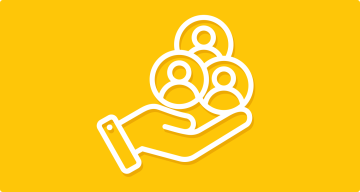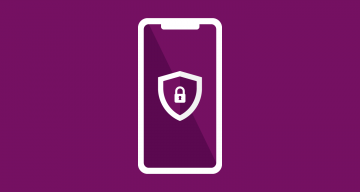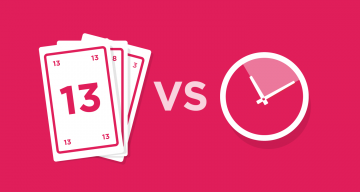Flutter vs. Kotlin Multiplatform: Key Factors to Consider for Your App
Not so long ago, everyone was talking about Flutter as the newest and best option for developing your cross-platform project. Today, Kotlin Multiplatform (KMP) has emerged as a strong competitor and has stolen much of the attention. So, does the rise of KMP mean you should abandon your Flutter project? Far from it! Flutter is […]





